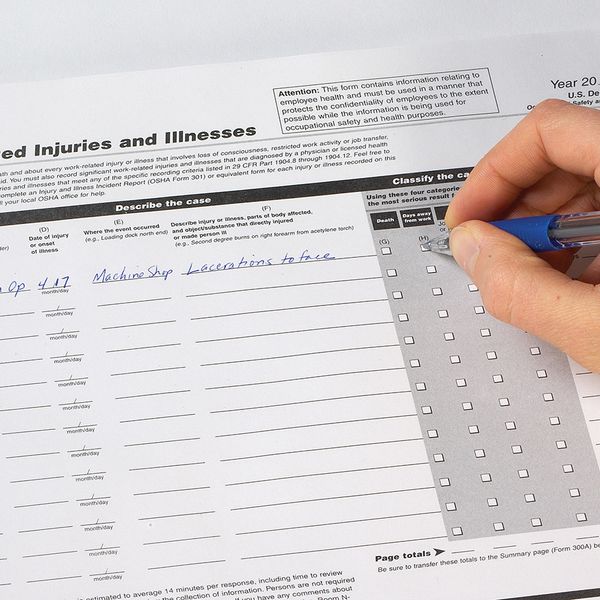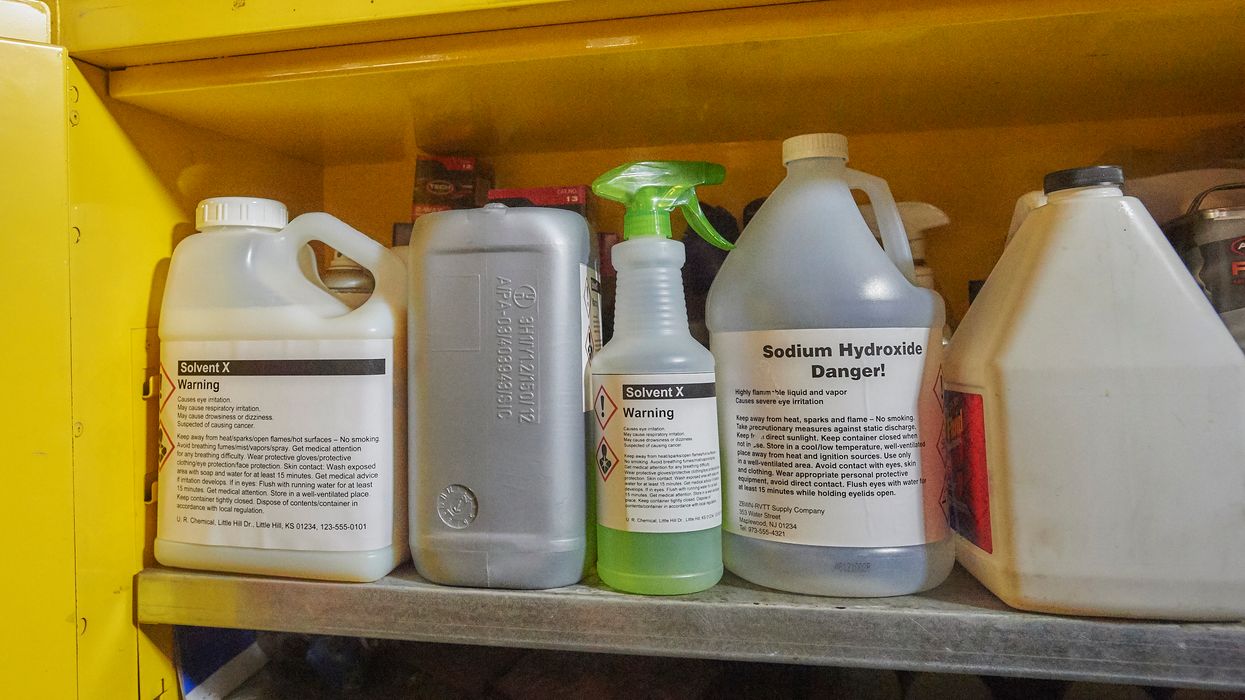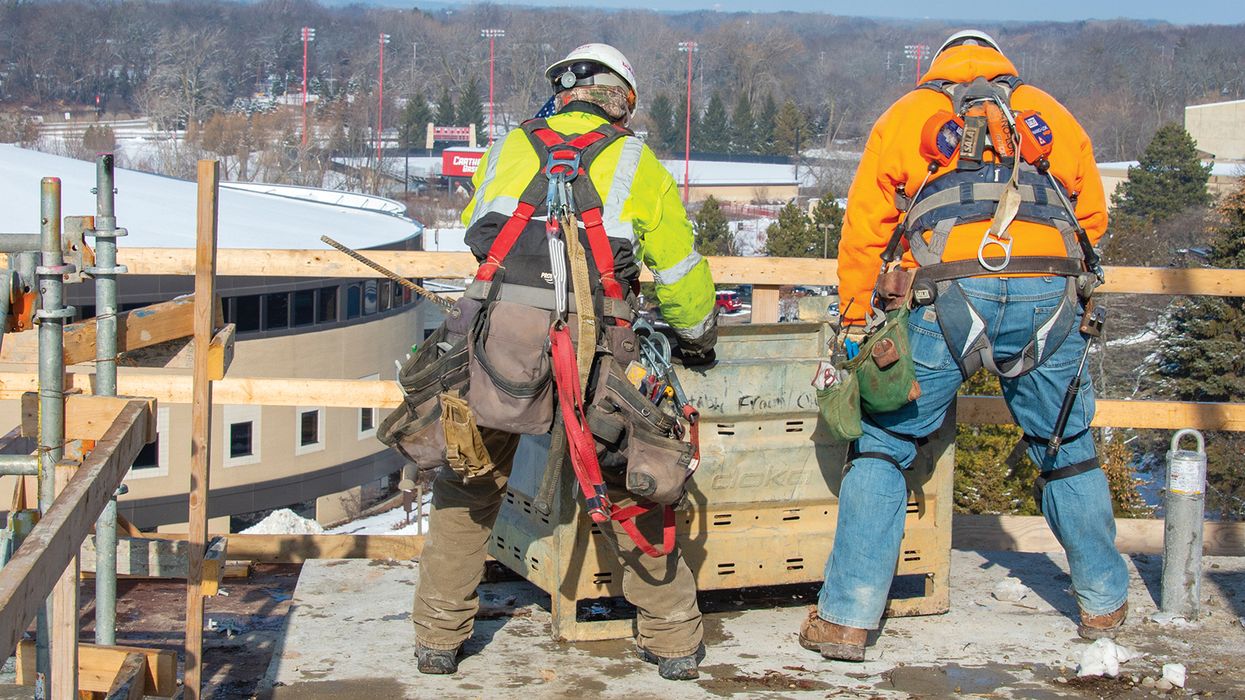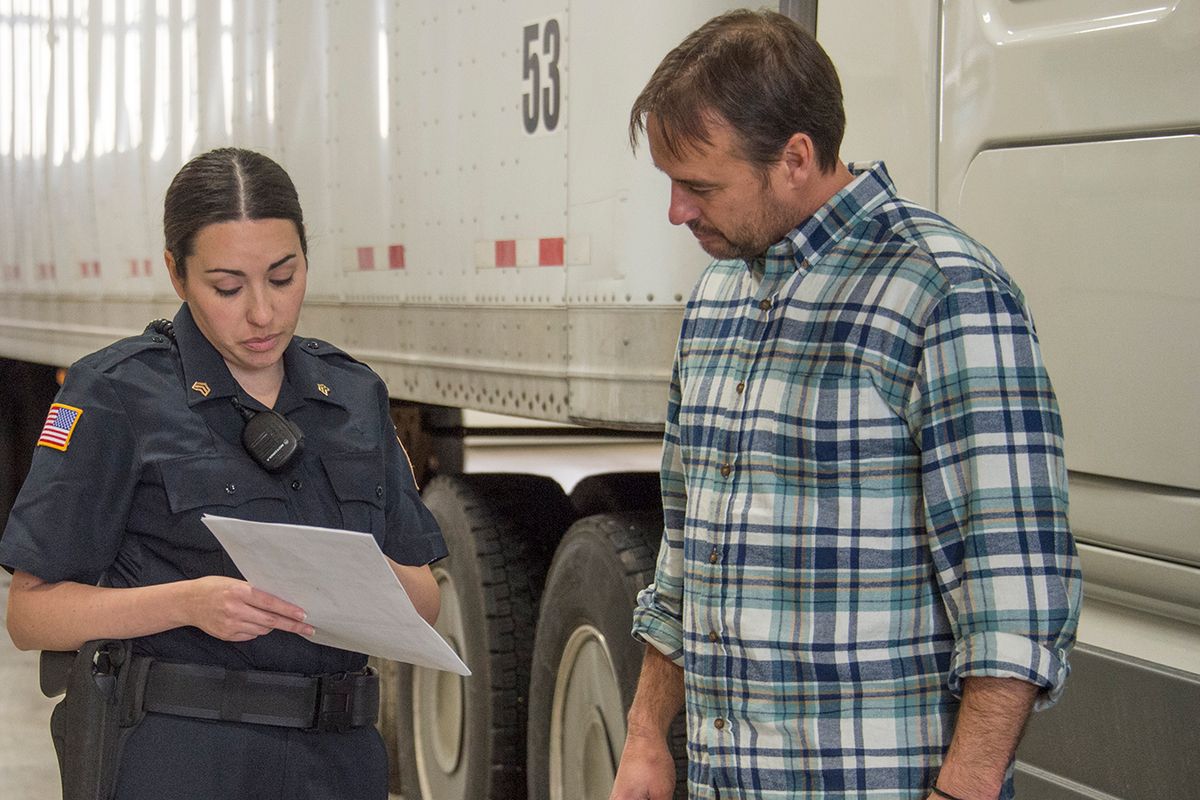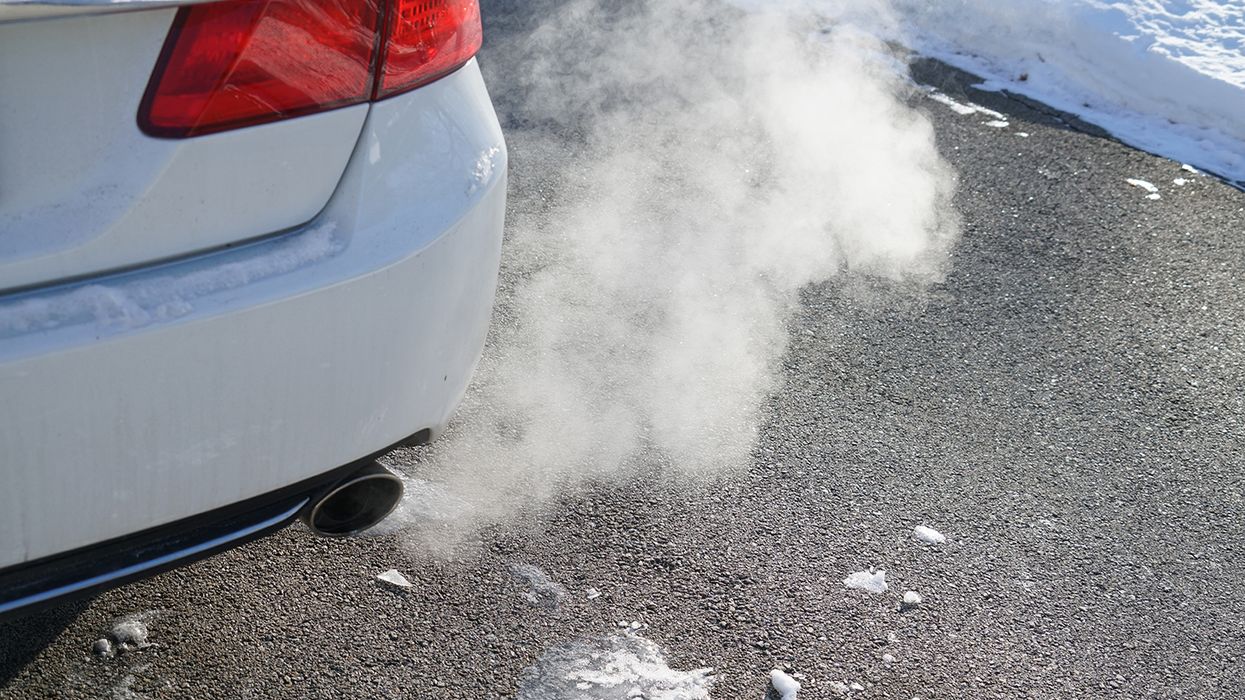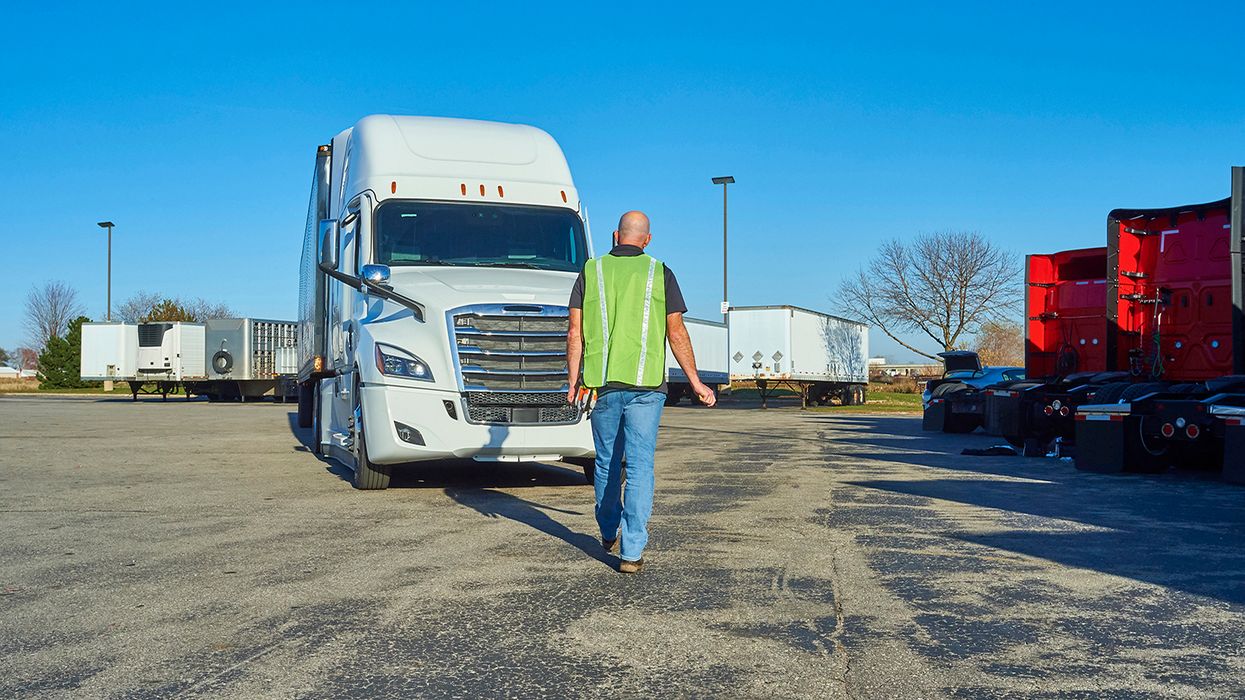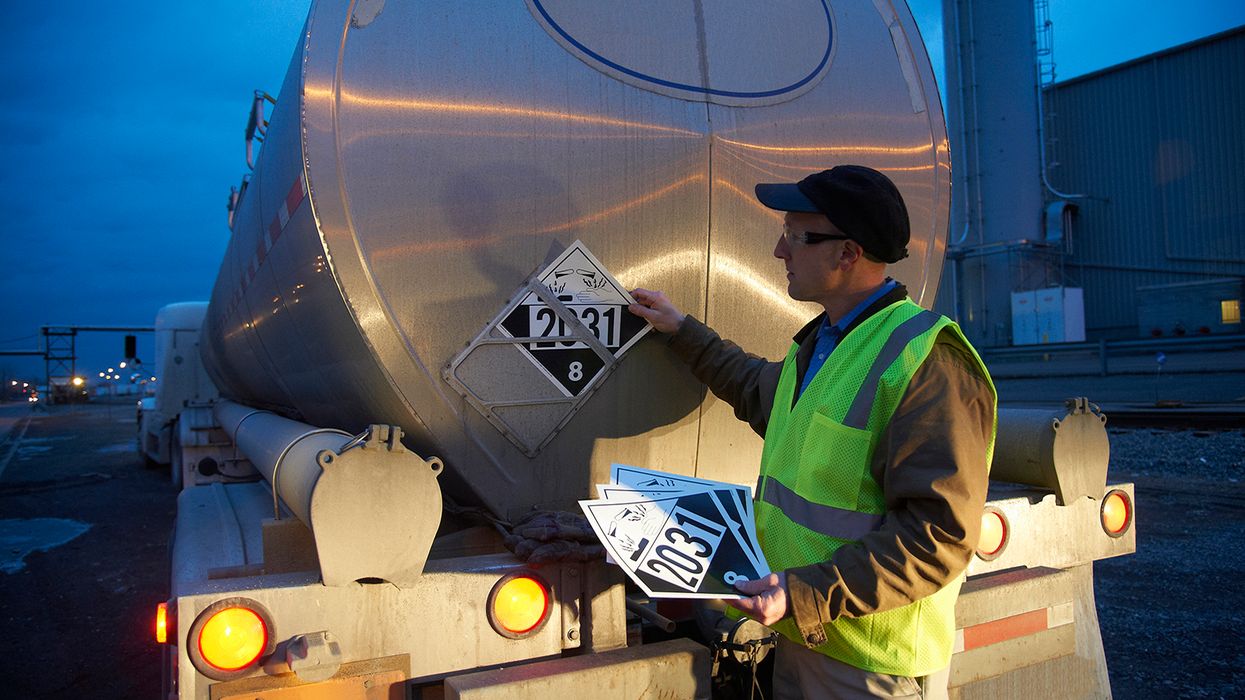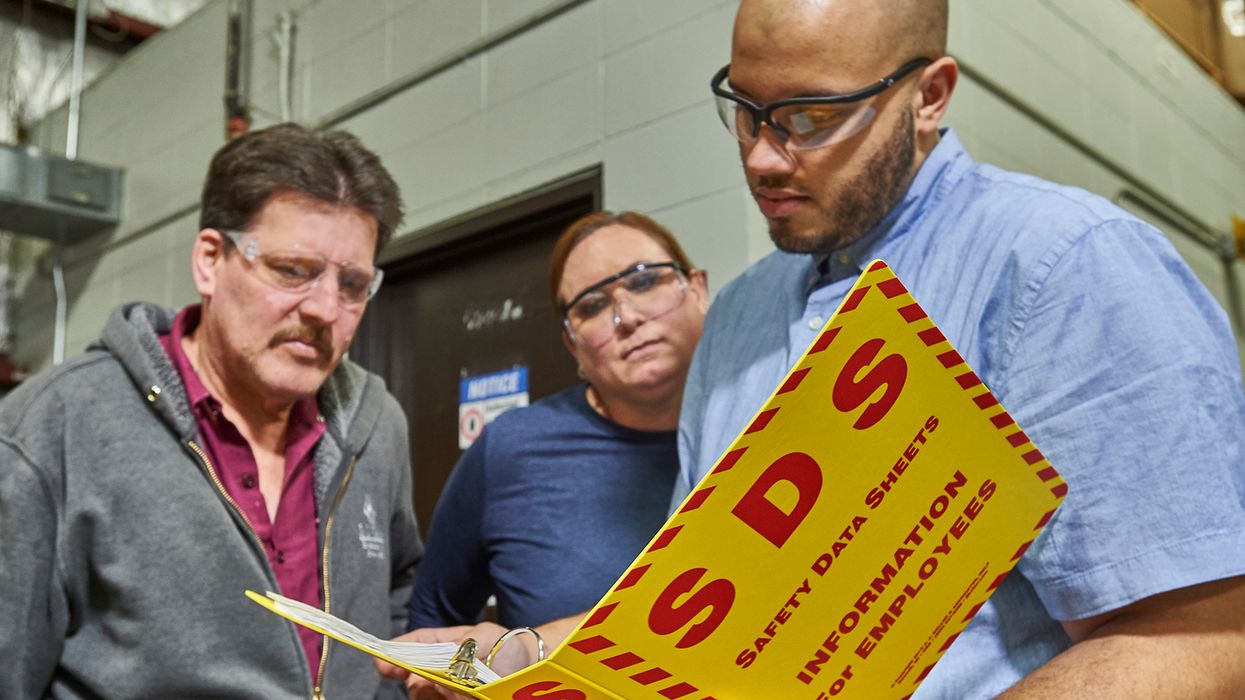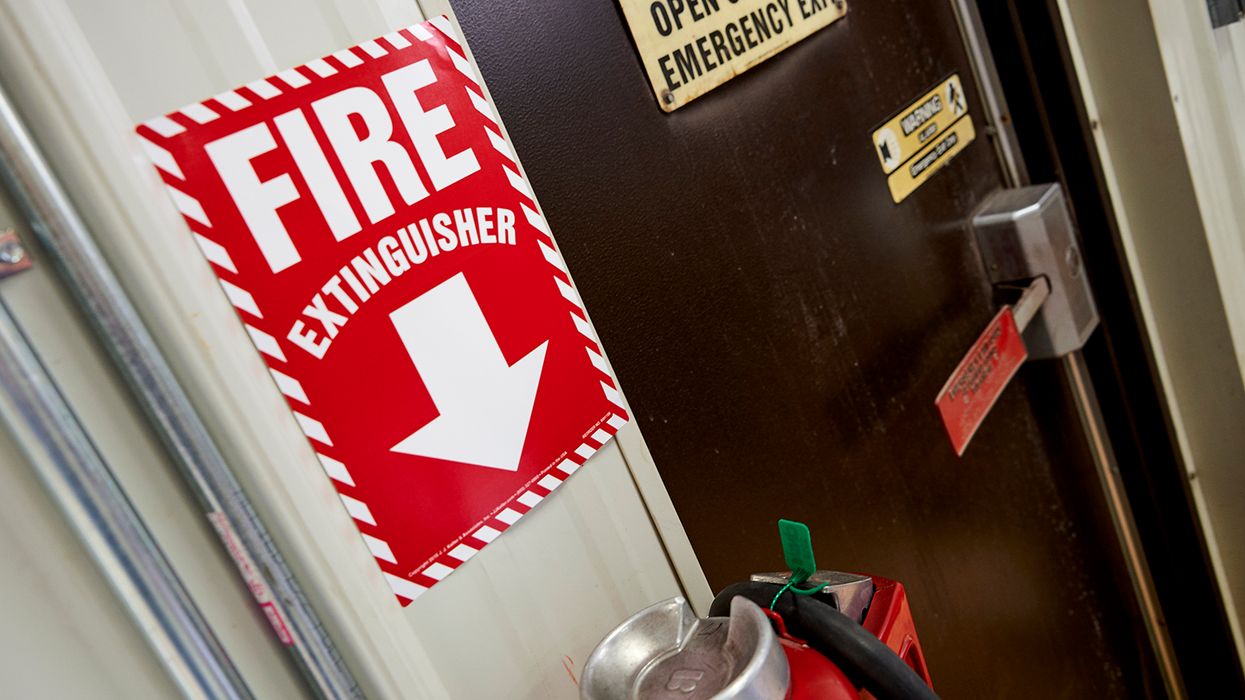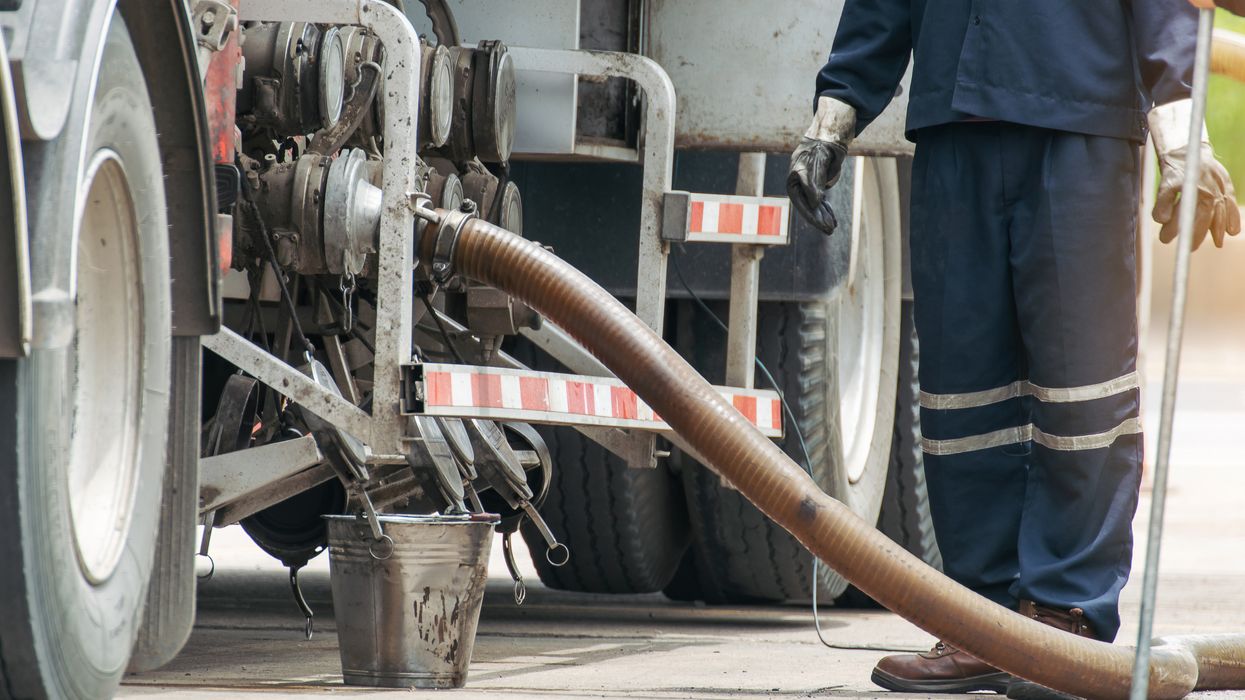Same injury, different story: OSHA vs. Workers’ Compensation
Many employers have made the mistake of believing an incident from their OSHA log should also be a workers’ compensation claim. However, that’s not always the case. An injury may land on your OSHA log but not qualify for workers’ compensation or vice versa.
OSHA recordkeeping is intended to track workplace injuries and illnesses to monitor safety performance and identify hazards. It focuses on workplace safety data and compliance. On the other hand, workers’ compensation focuses on employee financial and medical benefits to employees injured on the job, regardless of who is at fault.
Key differences
One primary difference is that OSHA and workers’ compensation differ in their definition of “work-related.” OSHA defines work-related as an occurrence or exposure in the work environment that either caused or contributed to the condition or significantly aggravated a pre-existing injury or illness.
On the other hand, workers’ compensation generally considers an incident “work-related” when it was caused by or related to the job duties or occurred during work hours and while the employee is engaged in work-related activities.
Though these definitions seem the same on the surface, there is a key difference. OSHA presumes work-relatedness for injuries occurring in the work environment (unless exceptions apply), while workers’ compensation requires proof that the injury both arose from and occurred during employment.
Severity and treatment also play a role in how incidents are handled. OSHA requires injuries that require medical treatment beyond first aid to be recorded. Workers' compensation typically covers a much broader range of injuries including coverage of the administration of first aid. For example, a worker who suffered a back injury while playing in their weekend softball championship has the injury exacerbated at work to where they need medical treatment beyond first aid. This would be a recordable injury according to OSHA but may not be compensable by workers’ compensation rules since the injury didn’t occur in the work environment.
Pre-existing conditions can make a difference as well. If an injury is a significant aggravation of a pre-existing condition, it may be recordable under OSHA but not paid for under workers' compensation.
Personal and recreational activities are also key differences in how incidents are handled. For example, injuries that occur during personal activities on an off-site lunch break are typically not considered work-related under OSHA but could still be recordable under workers' compensation. Additionally, certain incidents, such as those involving voluntary participation in wellness programs or recreational activities, are not required to be recorded under OSHA but may still be compensable under workers' compensation.
The state where the incident occurs can also play a role in how OSHA and workers’ compensation pan out. Workers’ compensation is purely a state-owned program and differs for each state. From the OSHA lens, even if a state has their own OSHA-approved plan, each state must still comply with federal regulations at 29 CFR 1904.
A visual comparison
Understanding the differences between the two systems ensures that all relevant injuries are accurately recorded on the OSHA log and reported to workers’ compensation. Each serve distinct purposes and follow specific criteria.
Key reporting criteria for each include:
| IDENTIFIER | OSHA RECORDABLE | WORKERS' COMPENSATION |
| Reportability | Fatalities, hospitalizations, amputations, loss of an eye | All injuries may be compensable based on state law |
| Medical treatment | Must go beyond first aid | Any treatment may qualify |
| Restricted work | If employee can’t perform “routine” job functions | May be compensable if loss of wages occurs |
| Lost time | Any calendar day away from work | Only after a waiting period based on state law |
| Denied claims | Initially recorded; can be removed if determined to be non-work-related | Entered and investigated, even if claim in denied |
Knowing how each system defines and handles injuries helps employers:
- Avoid misreporting,
- Ensure timely and accurate claim processing,
- Maintain compliance,
- Manage risks effectively, and
- Support the fair treatment of injured workers.
This clarity also improves communication between interdepartmental teams (specifically safety, HR, and legal), reduces the risk of audits or penalties, and fosters a culture of transparency and trust in workplace safety practices.
Keys to remember: Understanding the differences between OSHA recordable incidents and workers’ compensation claims are essential for ensuring regulatory compliance, protecting workers, and avoiding potential legal disputes.






